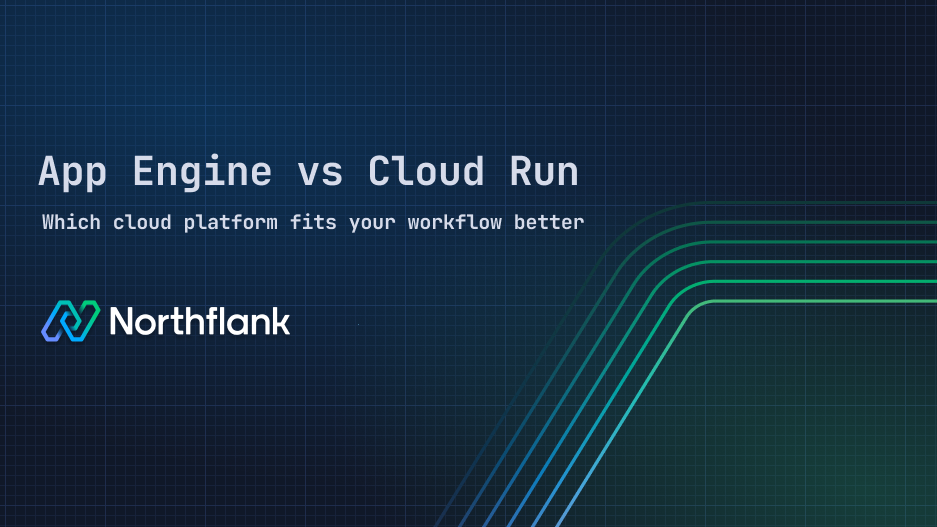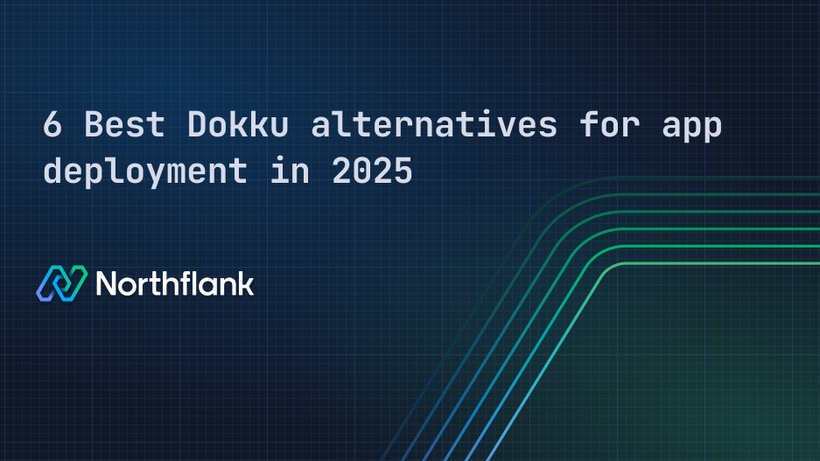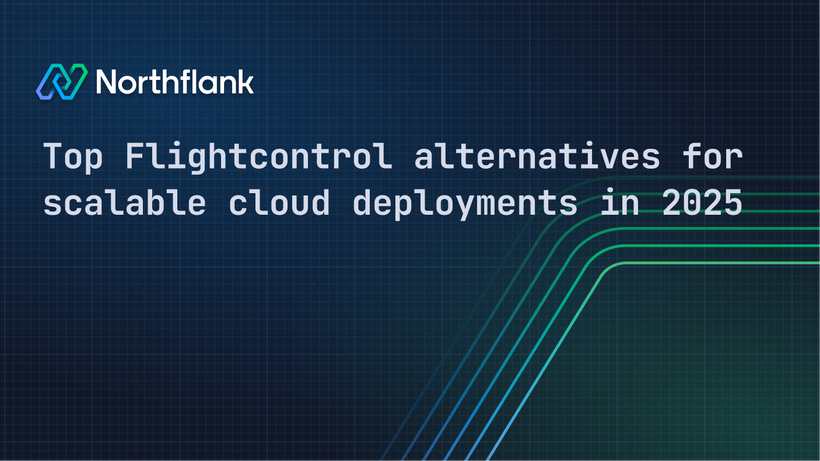

App Engine vs. Cloud Run: A real-world engineering comparison
Choosing between Google App Engine and Google Cloud Run is a surprisingly tough decision. At first glance, they seem to promise the same thing: serverless simplicity, automated scaling, and less infrastructure to worry about. But as you dig deeper, it becomes clear these platforms are built on very different philosophies, and those differences matter.
This is not just about which tool has more features. It’s about how each one fits into your team’s workflow, your architecture decisions, and your long-term growth. Should you prioritize speed of deployment or flexibility in runtime? Is ease of use more important than full control? What about pricing surprises once traffic scales?
This article aims to answer those questions honestly. We’ll walk through the technical capabilities, developer experience, and operational tradeoffs of App Engine and Cloud Run in a way that reflects how engineering teams actually make decisions. Not just what’s possible, but what works in the real world.
If you're in the middle of choosing a serverless platform, migrating off App Engine, or just trying to avoid future lock-in, you’re in the right place.
This table is your quick-start guide. If you're just trying to get something working quickly, pick the column that matches your project and dive in. If your team is planning for growth, dealing with traffic spikes, or building more than a basic app, keep reading. The real differences become clear as complexity increases.
| Category | App Engine | Cloud Run |
|---|---|---|
| Philosophy | Classic PaaS – Google manages almost everything | Container-first – you bring the code, Google runs it |
| Developer experience | Simple CLI deploys, great for fast MVPs and small teams | Requires Docker knowledge, better for experienced or polyglot teams |
| Flexibility | Limited runtime access and customization | Full control over runtime, language, and binaries |
| Performance & scaling | Fast for steady workloads, but cold starts and sandbox limits apply | Great for spiky traffic, configurable concurrency and scaling |
| Pricing model | Charged per instance-hour; steady traffic is cheaper | Charged per request + resource usage; bursty traffic is more cost-efficient |
| Security & networking | Secure by default, but limited VPC/networking options | Deeper networking control, supports private/internal services |
| Best for | Rapid prototyping, early-stage apps, low-maintenance deployments | Teams needing control, microservices, or multi-language/runtime apps |
| Limitations | Locked to GCP, limited customizability, sandbox constraints | Some complexity upfront, Docker knowledge needed |
Google App Engine was built on the classic Platform-as-a-Service (PaaS) model. You write your app in one of the supported languages such as Python, Java, Go, or Node.js, then deploy with a simple command. App Engine handles everything else: scaling, patching, networking, and even integration with Google Cloud’s internal services like Datastore or Task Queues.
Google Cloud Run takes a different approach. It’s based on containers. You bring your own Docker image (or use Cloud Build to create one), and Cloud Run runs it in a serverless fashion. You’re not limited by language or runtime, and you can configure things more granularly. It’s technically closer to Kubernetes and Knative than traditional PaaS, but Google’s abstraction makes it feel almost as easy to use as App Engine.
In short, App Engine abstracts everything. Cloud Run offers just enough control without overwhelming you.
For developers, App Engine can feel like a dream, at least early on. It’s designed for speed. You deploy with a single command, there’s no need to manage Dockerfiles, and the configuration is minimal. It’s particularly friendly to small teams or projects that need to get something working quickly.
But that simplicity comes at a cost. App Engine restricts what you can do. In the Standard environment, your app runs in a sandbox. You can’t access the local filesystem or run arbitrary binaries. Background threads are limited. If your use case is straightforward, such as a basic web API, it works well. But if you need more flexibility, you’ll quickly hit limits.
Cloud Run has a higher barrier to entry. You need to understand containers and how to structure an app for stateless, ephemeral environments. But in return, you get full control. You can use any language, run custom binaries, and design your app however you want. If your team is already using Docker, the learning curve isn’t steep. If not, there’s some ramp-up, but the flexibility is worth it.
- For beginner-to-intermediate teams who want “it just works,” App Engine wins.
- For polyglot teams or those already using Docker, Cloud Run offers unmatched control.
This is often where the real decision gets made. Under the surface, how much control do you actually have?
App Engine Standard operates within a fairly restrictive sandbox. You don’t get access to the underlying OS, can't write to the local filesystem, and long-running background tasks are discouraged or outright disallowed. Runtime versions are pinned, and updates are controlled by Google. This keeps your environment secure and stable but limits your options, such as running custom binaries or persistent socket connections.
App Engine Flexible loosens these restrictions. It runs on Docker containers behind the scenes, allowing more custom setups. But this comes with slower deployments, longer startup times, and higher minimum resource usage—which means you’re paying even when nothing is happening.
Cloud Run gives you full control over the runtime because you define the container. You can use any language, framework, or binary, and you’re not stuck with a specific API or SDK version. Want to run Rust or bundle FFMPEG into your service? No problem. This flexibility makes it ideal for workloads that don’t fit into App Engine’s model, such as data processing tasks, streaming services, or specialized microservices.
The tradeoff is complexity. With great power comes the need to write Dockerfiles. But for many teams, especially those integrating with CI/CD systems, it’s a welcome trade.
- App Engine is great for conventional web apps and APIs.
- Cloud Run is better for complex, container-native workloads.
Both platforms scale automatically, though in different ways.
App Engine Standard can scale to zero and ramp up quickly, which is cost-efficient. But its instance-based model means cold starts can be noticeable. It tries to keep some warm instances running, but during quiet periods, the spin-up delay is felt. The Flexible environment provides more power, but it scales more slowly and has a higher baseline cost.
Cloud Run also scales to zero and spins up instances per request. It’s fast, though still container-based, so cold starts do happen, especially with large or unoptimized containers. You can fine-tune concurrency and memory, which helps balance performance and cost. Under spiky load, Cloud Run generally handles traffic more predictably, especially if you use pre-warmed instances or set minimum instance values.
If latency is critical and you can live within App Engine’s constraints, it might feel snappier. If flexibility is more important, Cloud Run’s model gives you more control.
- App Engine: smoother scaling for steady workloads.
- Cloud Run: better for spiky or highly variable traffic.
Both App Engine and Cloud Run offer generous free tiers, but their pricing models differ.
App Engine Standard charges per instance-hour. With light, steady traffic, the free tier may cover your needs. But if your app must stay online during off-hours, you’ll pay for idle time. The Flexible environment uses VMs, resulting in higher costs and less granular billing.
Cloud Run charges per request, vCPU-second, and memory-second. You only pay when your code is running. For sporadic traffic, this is often cheaper. It’s particularly appealing for APIs, webhook handlers, or event-driven services.
However, at high sustained volumes, Cloud Run can become expensive if you’re not careful with memory and concurrency settings. App Engine’s flat hourly rate may sometimes be more predictable.
A good rule of thumb: if your traffic is spiky or you want scale-to-zero, choose Cloud Run. For steady traffic, App Engine may be cheaper or easier to estimate.
- App Engine is cost-predictable but potentially wasteful.
- Cloud Run is cost-efficient, especially for low-traffic or bursty workloads.
Both platforms integrate with Google Cloud IAM, use HTTPS by default, and support custom domains. But Cloud Run gives you more control over networking.
Cloud Run supports VPC connectors, allows static IP addresses (through Serverless VPC Access), and gives more fine-grained access controls. It also supports private services that aren’t accessible from the internet, which is useful for internal APIs or microservices.
App Engine’s networking is a bit more rigid. You don’t get static IPs easily, and its VPC integration is limited. However, it benefits from tight integration with App Engine-specific services, which can simplify certain setups.
- App Engine: simple, secure defaults.
- Cloud Run: deeper control and enterprise-friendly features.
Even with all their strengths, App Engine and Cloud Run can still leave certain teams feeling boxed in. Maybe it's not obvious on day one. But as your stack grows, your infrastructure becomes more ambitious, and your product starts pushing boundaries, the cracks start to show.
You might find yourself needing GPU support for ML workloads or image processing, but neither platform handles that natively. Or maybe your team wants to self-host a growing set of open-source tools, things like n8n, Temporal, Meilisearch, or GrowthBook, and the idea of writing Terraform or wiring up Kubernetes just to get started feels like overkill.
Or maybe it’s something more fundamental. Maybe you want to deploy across multiple cloud providers, not because it’s trendy, but because it makes business sense, redundancy, latency, cost arbitrage, or data sovereignty. With App Engine and Cloud Run, you're deeply tied to Google Cloud. There's no easy off-ramp. That’s fine until it’s not.
That’s where platforms like Northflank start to look less like “alternatives” and more like enablers.
Northflank blends the simplicity of modern PaaS with the flexibility most teams don’t realize they need until it’s too late. It's BYOC (Bring Your Own Cloud) model means you can deploy across AWS, GCP, or Azure without rewriting your stack. It’s serverless without being server-bound.

Need GPU support? Northflank handles it natively. Want to spin up a full-stack template for your app, complete with a database, caching layer, and background jobs? Stack Templates let you deploy entire systems ready to go, production-configured, with just a few clicks. No DevOps rabbit hole. No “clone this repo and pray it works.”
For example, Weights an AI company, scaled to millions of users running AI workloads and complex backends without hiring a single DevOps engineer, all on Northflank.

It’s not trying to be a replacement for App Engine or Cloud Run. It’s just designed for teams that have already started asking, “What happens next?” What happens when your needs go beyond HTTP endpoints and autoscaling APIs?
App Engine is great for getting started. Cloud Run is excellent when you need flexibility inside the Google Cloud world. But Northflank is what you reach for when your platform needs to grow with your product, not hold it back.
If your goal is to ship quickly with minimal setup, and your app fits within the boundaries of what Google thinks a web app should look like, App Engine is still a strong contender. It’s great for small teams, prototypes, and apps that don’t require much customization under the hood.
If you’re comfortable with Docker and want more control over your runtime, deployment structure, and language choice while still enjoying a serverless experience, Cloud Run is a powerful and flexible choice. It fits especially well for container-native teams that are already thinking in microservices or want to integrate tightly with other Google Cloud services.
But if you’re the kind of team that’s thinking beyond a single app, building platforms, orchestrating tools, or simply looking for a way to self-host with minimal friction, Northflank offers a compelling alternative. It fills the space that traditional serverless often leaves behind: GPU workloads, cross-cloud deployment, production-grade infrastructure in a few clicks, and a modern developer experience that doesn’t require becoming a DevOps expert.
At the end of the day, choosing a platform isn’t just a technical decision, it’s a bet on how you want to build.
App Engine feels like training wheels for the cloud: fast, safe, and great for early momentum. Cloud Run meets you halfway, offering flexibility without dragging you into DevOps quicksand. Both are solid. Both can take you pretty far.
But if you’ve ever wished you could just launch the stack you need, on the cloud you prefer, with real control and no second-guessing, that’s when you start looking for something more.
That’s when Northflank quietly starts to make sense. It’s not louder. It’s just broader. GPU support, real multi-cloud, and production-ready infrastructure that doesn’t take a weekend to set up. Not a bet on one cloud, but a platform that bends to the way you work.
If you're building something serious, it might be worth building it somewhere that grows the way you do.
Take a look at the quickstart guide, or create a free account to try it for yourself.

